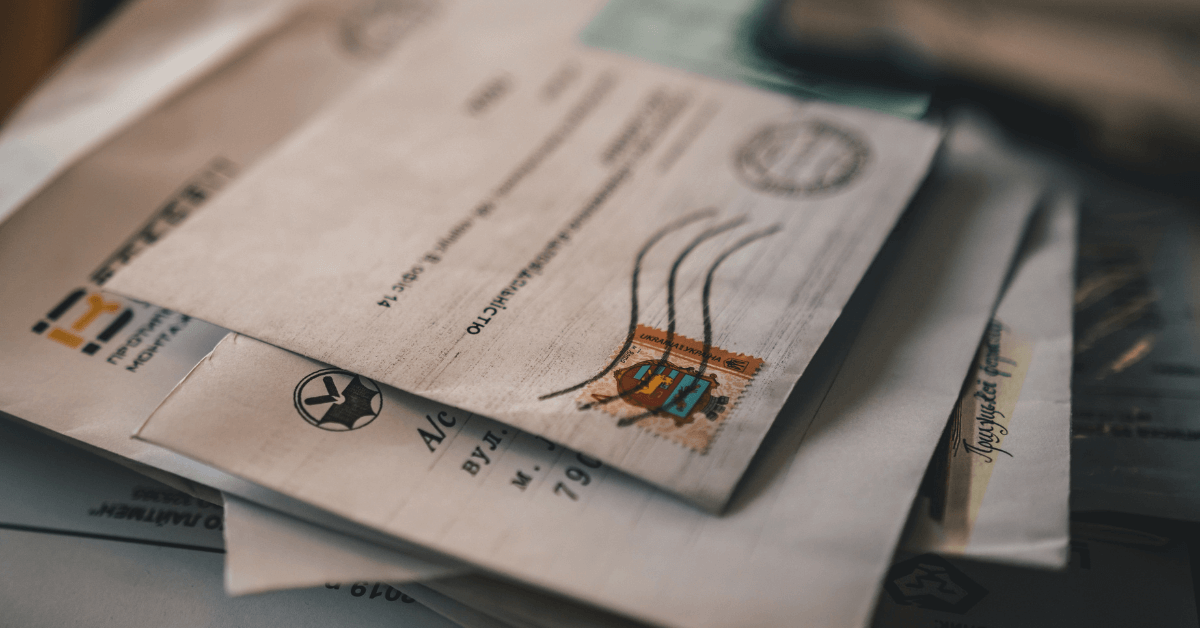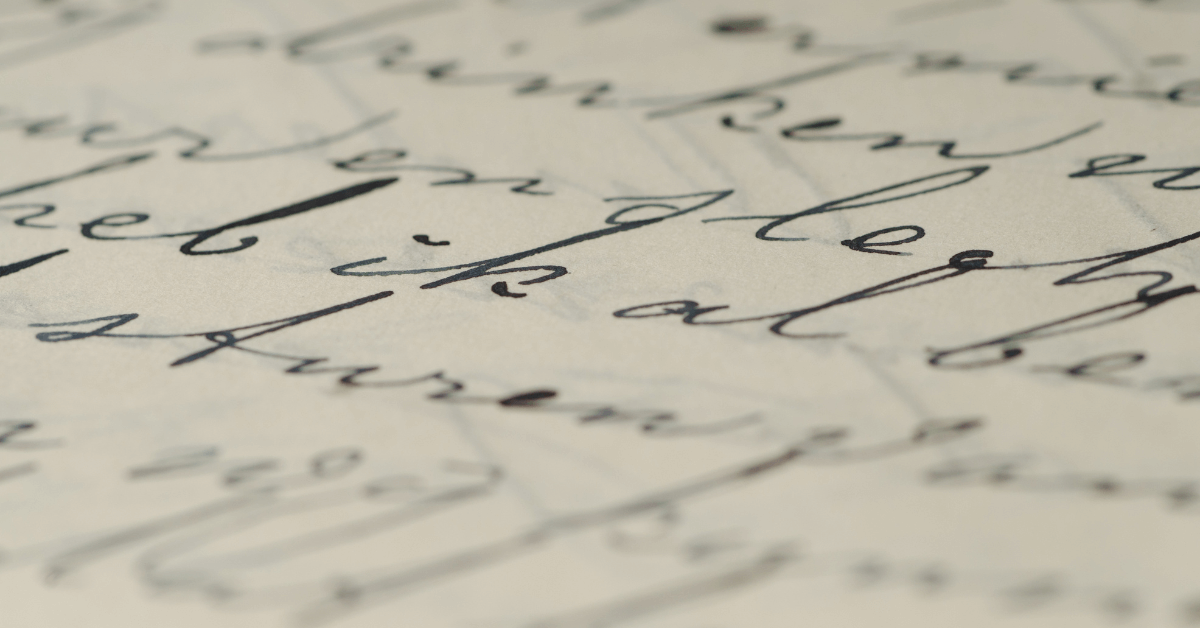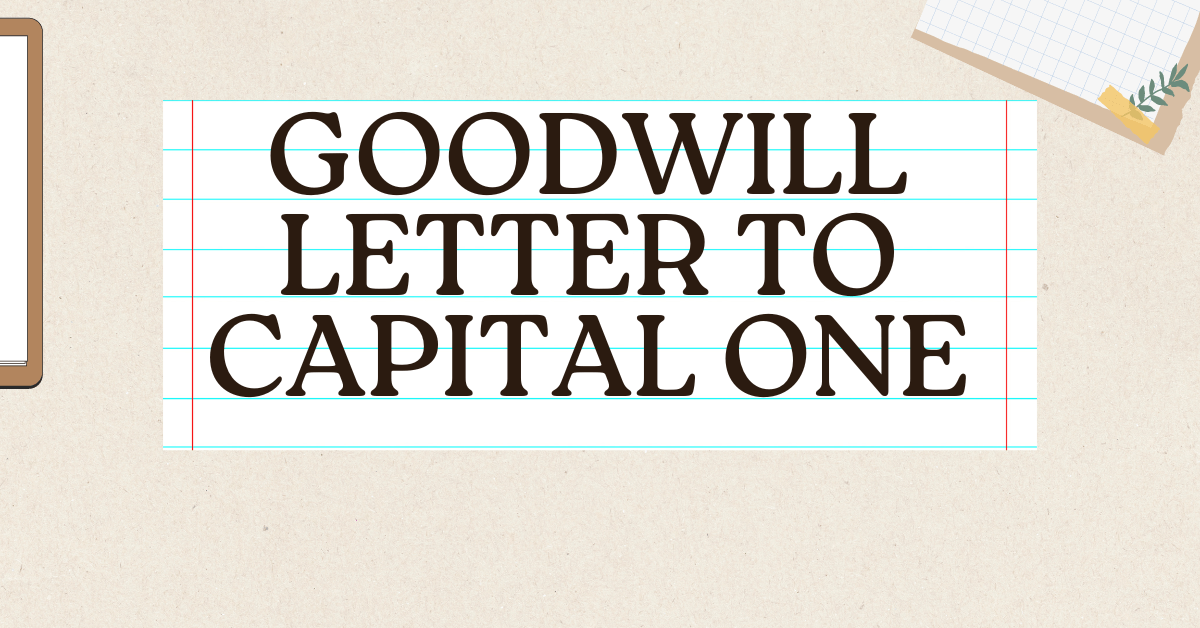Facing financial challenges and working towards improving your credit score can be a demanding journey. In this article, we delve into the concept of a “goodwill letter to Capital One”—a powerful tool that individuals can use to address negative entries on their credit reports. The primary purpose of a goodwill letter to Capital One is to request the removal or adjustment of negative information, such as late payments, in the hope of fostering a positive relationship with the credit issuer.
Our focus here is to simplify the process for you. We understand that drafting such letters can be daunting, so we’ve got you covered. In the upcoming sections, we will not only provide valuable insights into the goodwill letter strategy but also share practical templates, examples, and samples of goodwill letter to Capital One. Our aim is to empower you with the tools you need to navigate this credit repair journey with confidence.
Navigating the complexities of credit reporting and negotiating with financial institutions can be challenging. Whether you’re seeking to rectify an oversight or hoping for a second chance, our collection of goodwill letter templates will serve as a valuable resource. Let’s embark on this journey together, arming you with the knowledge and tools to potentially improve your credit standing.

Sample of Goodwill Letter to Capital One
[Your Name]
[Your Address]
[City, State, ZIP Code]
[Email Address]
[Phone Number]
[Date]
Capital One
Attn: Customer Service
P.O. Box 30285
Salt Lake City, UT 84130-0287
Subject: Request for Goodwill Adjustment to Credit Report
Dear Capital One Customer Service,
I hope this letter finds you well. My name is [Your Name], and I am writing to you as a loyal customer who values the relationship with Capital One. I am reaching out to address a matter that has been of concern to me and has had an impact on my credit report.
I recently reviewed my credit report and noticed a late payment entry reported on [Specific Date]. I understand the importance of maintaining a positive credit history, and I take full responsibility for the oversight that led to this late payment. I genuinely value my relationship with Capital One and have been a dedicated customer for [X years].
I am writing to kindly request your consideration in removing or adjusting the late payment entry from my credit report. I fully understand the consequences of late payments and the impact they can have on my credit score. However, I believe that a goodwill adjustment in this particular instance could significantly improve my credit standing.
I assure you that this late payment was an isolated incident, and I am committed to ensuring timely payments moving forward. I greatly appreciate your understanding and the excellent customer service that Capital One has consistently provided. I have confidence that, with your assistance, we can rectify this situation and continue a positive customer relationship.
Thank you for your time and consideration. I look forward to the possibility of resolving this matter amicably. Please feel free to contact me at [Your Phone Number] or [Your Email Address] if you require any further information.
Sincerely,
[Your Name]
How to Write a Goodwill Letter to Capital One

1. Understanding the Purpose: Unveiling the Essence of a Goodwill Letter
In crafting a goodwill letter to Capital One, it’s crucial to comprehend its purpose. Learn why and when to write such a letter, exploring the potential impact on your credit report and overall financial standing.
2. Setting the Stage: Gathering Relevant Information
Before embarking on your goodwill letter journey, gather essential details such as account information, specific dates, and any supporting documentation. These elements form the foundation for a compelling and well-informed letter.
3. The Art of Apology: Crafting a Sincere Expression of Regret
Expressing genuine remorse is a key component of your goodwill letter. Delve into the nuances of crafting a sincere apology, acknowledging the late payment and taking responsibility while maintaining a positive tone.
4. Making Your Case: Building a Compelling Narrative
Navigate the art of storytelling as you build a compelling narrative around the circumstances leading to the late payment. Showcase your commitment to responsible financial behavior and emphasize the isolated nature of the incident.
5. The Power of Politeness: Mastering Diplomacy in Your Letter
Politeness is a powerful tool in your letter-writing arsenal. Explore effective ways to convey your message with tact and diplomacy, ensuring that your request is seen as a genuine plea rather than a demand.
6. Closing on a Positive Note: Reinforcing Your Commitment
As you conclude your goodwill letter, reinforce your commitment to responsible financial practices. Discuss your dedication to timely payments moving forward and express gratitude for the opportunity to rectify the situation.
7. Follow-up Strategies: Navigating the Post-Letter Phase
Once your goodwill letter is sent, the journey doesn’t end there. Explore effective follow-up strategies, including monitoring your credit report, and be prepared for potential outcomes, whether positive or requiring further action.
By mastering these aspects, you’ll be well-equipped to navigate the intricacies of writing a goodwill letter to Capital One and, in turn, potentially influence positive changes to your credit report.
FAQs about a Goodwill Letter to Capital One
Unraveling the Mysteries of Goodwill Letters to Capital One
In the realm of financial communication, goodwill letters to Capital One play a unique role. As we navigate this landscape, here are some common questions that often arise, shedding light on the intricacies of crafting such letters.
1. How does a goodwill letter differ from a regular dispute letter?
A goodwill letter is distinct from a standard dispute letter. While a dispute challenges the accuracy of information, a goodwill letter appeals for understanding based on goodwill. It seeks a compassionate review of a specific negative entry, often related to late payments.
2. Can a goodwill letter completely remove a negative mark from my credit report?
In my opinion, while a goodwill letter holds the potential to positively influence creditors, it doesn’t guarantee the complete removal of a negative mark. Its impact varies based on the creditor’s policies and your individual circumstances.
3. Should I include any documentation with my goodwill letter?
Including relevant documentation, such as proof of timely payments post the late entry, can strengthen your case. However, it’s essential to be selective and provide only pertinent information to support your narrative.
4. Is there a specific format or structure to follow when writing a goodwill letter?
While there’s no rigid template, a well-structured goodwill letter generally includes a polite introduction, a clear explanation of the situation, an expression of remorse, and a request for goodwill. A positive and respectful tone is a key.
5. How long does it take to receive a response to a goodwill letter?
The response time varies among creditors. Generally, it’s advisable to allow a reasonable period, such as 30 days, for them to process and respond to your goodwill letter. Patience is crucial during this waiting period.
By addressing these FAQs, we aim to demystify the process of composing goodwill letters to Capital One, providing clarity to individuals navigating the intricacies of credit report management.
RELATED:
